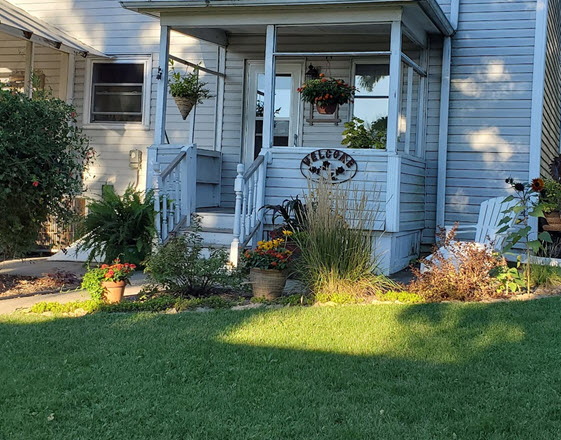Click below to listen to my 2 min. Garden Bite radio show/podcast: Fall lawn care
Audio PlayerFall lawn care includes several to-do’s
Dethatching, aerating, reseeding and/or fertilizing. As you know, I’m not much on lawns, BUT, I know many folks still are. So this Garden Bite is for you.
Thatch is that brownish looking layer of dead tissue between the green grass and the soil.
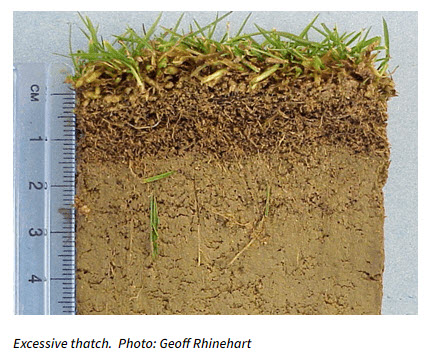
If left alone, thatch can eventually kill your lawn.
Renting a mechanical dethatcher, also called a power rake, is the best and easiest way to rid your lawn of thatch. The University of Minnesota Extension has more on dethatching and aeration.
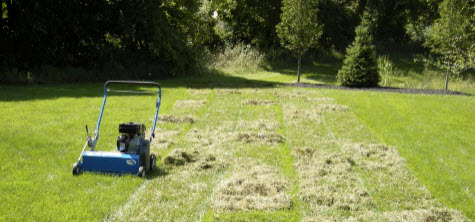
Aerating your lawn allows rain, oxygen and nutrients to penetrate the soil.
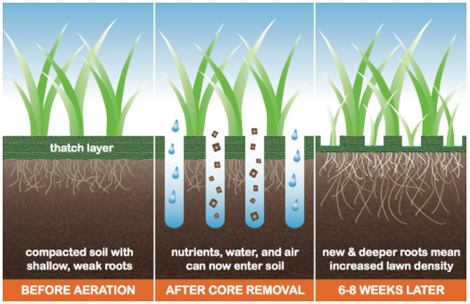
Again, renting a core or plug aerator will give you the best results.
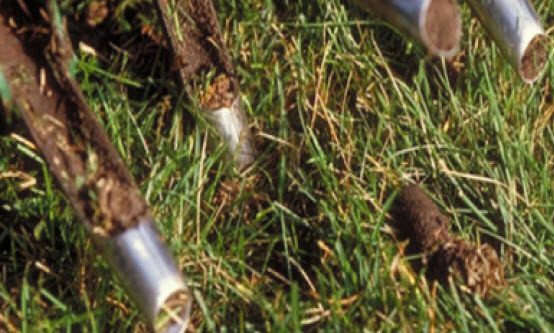
Fall is a great time to reseed your lawn.
With warm soil, grass seed will germinate well at this time of year plus there’s no competition with annual weed seeds. The most important thing for you to remember is to make sure there is seed to soil contact.
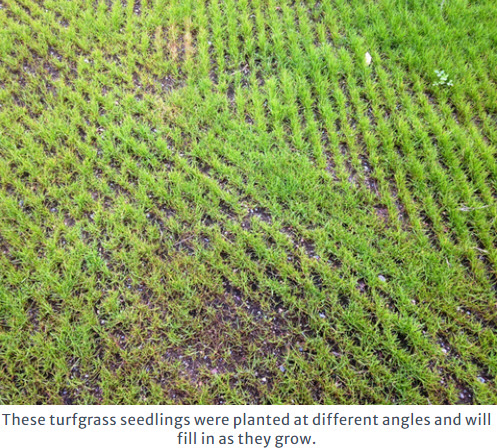
If you’re of a mind to control weeds, by later in the month, we’ll be in the best position to start controlling perennial broadleaf weeds such as dandelions, white clover and broadleaf plantain.
Like our grass plants, weedy plants are also actively growing and will actively take up and transport the weed killer throughout the plant.
Dandelions are best treated from about mid-September to early October in zone 4. More from the University of MN Ext. Plants will be killed this fall but the real difference will show up next spring.
You can also fertilize your lawn now to mid-October, although, if you are still looking at a brown lawn, DON’T.

When mowing your lawn, keep the height at about 2 ½ to 3 inches long. By late October, you can cut your lawn back to about 2 to 2 ½ inches long. While I’m more of a mind to have clover and dandelions, I know many people would still like to have a pleasant green patch of traditional lawn.
